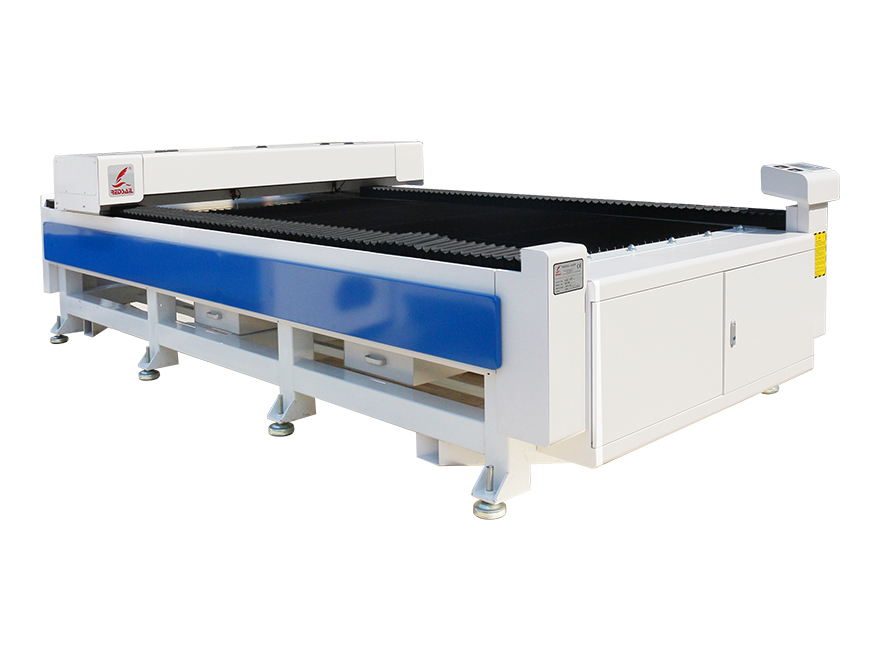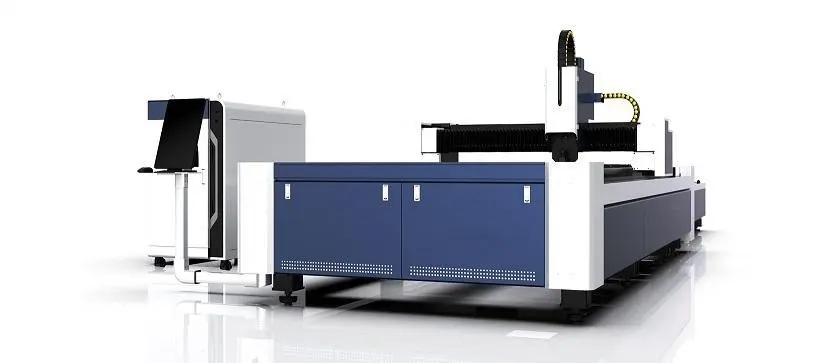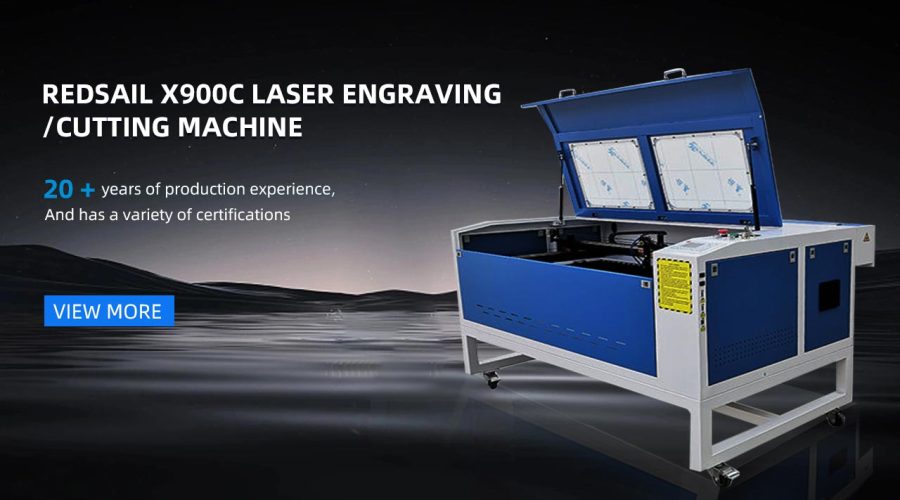Is the Laser Engraver 3D Printer the Future of Additive Manufacturing?
In recent years, additive manufacturing, commonly known as 3D printing, has taken the world by storm. This innovative technology has revolutionized various industries, such as aerospace, automotive, and healthcare. As the demand for more precise and intricate products continues to rise, a new contender has emerged – the laser engraver 3D printer. This article explores the potential of this technology and discusses whether it could be the future of additive manufacturing.
What is a Laser Engraver 3D Printer?
A laser engraver 3D printer combines the functionality of a laser engraving machine with that of a traditional 3D printer. It utilizes a powerful laser beam to engrave or cut materials while also possessing the ability to layer successive 2D sections, eventually creating a three-dimensional object.
This integration grants the laser engraver 3D printer unprecedented precision and versatility. It can engrave intricate designs onto various materials, such as wood, acrylic, and metal, while simultaneously constructing complex 3D structures with unparalleled accuracy.
The Advantages of Laser Engraver 3D Printing
- High Precision: The laser engraver 3D printer offers exceptional precision, enabling the creation of intricate and detailed objects. This makes it highly suitable for industries that require exacting specifications, such as jewelry making or medical device manufacturing.
- Wide Material Compatibility: Unlike traditional 3D printers that are limited to specific materials, the laser engraver 3D printer can work with a wide range of materials, from plastic to metal. This versatility expands the scope of potential applications for this technology.
- Time Efficiency: The combination of laser engraving and 3D printing in a single machine enhances productivity. The laser engraver 3D printer can simultaneously perform engraving and printing tasks, reducing the overall production time compared to using separate machines.
The Future of Additive Manufacturing?
The laser engraver 3D printer exhibits tremendous potential for the future of additive manufacturing. Its ability to achieve high precision and work with a vast array of materials makes it a promising technology for various industries.
One area where the laser engraver 3D printer could find substantial applications is in the field of jewelry making. The intricate designs and delicate craftsmanship required in jewelry production necessitate tools with exceptional precision. The laser engraver 3D printer can fulfill these demands by creating finely detailed pieces while reducing production time and costs.
In the healthcare sector, this technology could also have a significant impact. Medical device manufacturing involves the production of customized and intricate components. The laser engraver 3D printer’s precision and compatibility with different materials make it an ideal tool for producing these components efficiently and accurately.
Moreover, the wide material compatibility of the laser engraver 3D printer could revolutionize the automotive and aerospace industries. Complex and lightweight structures can be fabricated using various materials, leading to enhanced performance and fuel efficiency.
While the laser engraver 3D printer shows great promise, it is still a relatively young technology and faces certain challenges. These include the high initial investment cost and the need for skilled operators to harness its capabilities effectively. However, with advancements in technology and increased adoption, these challenges are likely to be mitigated over time.
Frequently Asked Questions
Q: Can a laser engraver 3D printer work with all materials?
A: While it can work with a wide range of materials, the compatibility may vary depending on the specific printer model. It is essential to check the specifications of the printer to determine its material compatibility.
Q: Is a laser engraver 3D printer suitable for beginners?
A: Laser engraver 3D printers require a certain level of technical knowledge and expertise to operate effectively. Beginners may choose to start with simpler 3D printer models before transitioning to laser engraver 3D printers.
Q: What industries can benefit from laser engraver 3D printing?
A: Industries such as jewelry making, healthcare, automotive, and aerospace can greatly benefit from the precision and material compatibility offered by laser engraver 3D printing technology.
In conclusion, the laser engraver 3D printer holds immense promise as a futuristic technology for additive manufacturing. With its high precision, material compatibility, and time efficiency, it has the potential to transform industries and revolutionize the way we create intricate objects. While there are challenges to overcome, the continuous advancements in this technology indicate a bright future for the laser engraver 3D printer.





